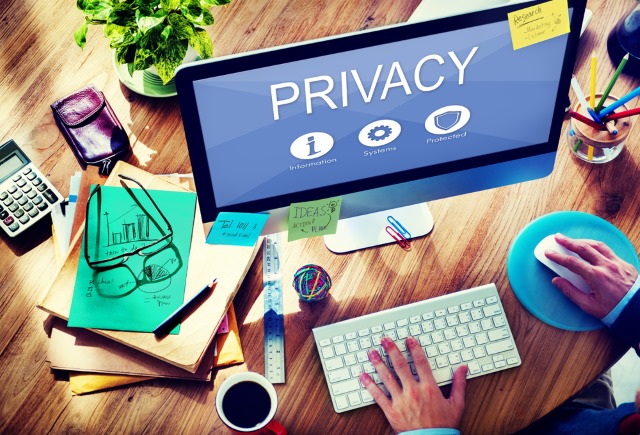Ten top tips to keep your information secure on Data Privacy Day

One of the biggest threats as you browse the internet isn’t hackers trying to get into your computer (a common misconception) or the potential of accidentally installing malicious software. Your security suite should take care of both these issues.
No, the single biggest issue is your personal data and the information you leave all over the internet when you share your content, chat with other people and the login information we use to access our online data. What can we do to safeguard our personal data and keep it away from people seeking to exploit us? Here are our top tips.
1. Use a password manager
Many of us choose to use the same password across multiple websites and are guilty of using a memorable pass as we’re worried we’ll forget our login information. The solution is a secure password manager such as 1Password or BitWarden, which you can use to store your passwords securely, auto-fill login information and will synchronize across your devices.
2. Consider deploying a VPN
If you travel frequently, you’ll look for free Wi-Fi at the station airport and your hotel. Often these Wi-Fi hotspots are insecure and occasionally rogue. But we have no hesitation logging in and using them to send our personal data to the internet. The solution is to install a commercial virtual private network (VPN) which creates a secure tunnel between you and your destination. Our top choices are AVG Secure VPN and Norton Secure VPN.
3. Use messaging apps with end-to-end encryption
When you chat online with your friends, you’ll be surprised what information you’re sharing with other users. Most messaging apps do not encrypt your chats, which includes Facebook Messenger. Switch to WhatsApp to lockdown your chats.
5. Be wary of how you back up to the cloud
The cloud is secure, but we’d never recommending using it to store your most personal information. For example, don’t write down your passwords as plain text and upload them to the cloud (you’ll be surprised how many people do this). Although your data is encrypted, if your cloud storage is hacked or someone else has access your computer, it’s also easy to find your unencrypted passwords.
6. Lock down your social media privacy settings
Be careful of what you provide to other users. It might come back to haunt you at a later date. No need to make your Instagram content available to the world -- make it’s set to 'private' and you choose who can follow you. Also make sure you turn on two-factor authentication so if someone tries to hack your account, only you can regain control.
7. Make your passwords random and longer in length
Just because you use a password manager (see 1), it doesn’t mean all your passwords should still be simple or memorable. Always try and create a password at least 12 digits in length and mix them up with combination of symbols and upper/lowercase characters. A good password manager such as 1Password will randomly generate you a secure multi-character password.
8. Review your web browser permissions
Chrome and Firefox both do an excellent job of locking down your personal data and stopping websites from tracking your every move, but you might have been inadvertently giving away more information than necessary. For example, do websites known your location, can an extension access your files or did you authorize your browser to access your webcam? It’s worth hitting your browser settings and double-checking your permissions.
9. Lock your personal files in a secure vault
There are files you want to make sure you have locked down and only accessible to yourself. Private photos, your accounts and similar information should not just be stored on your unsecured hard drive. One solution is to create a secure private area on your drive which is accessible with the right password. A tool such as Steganos Safe 20 will create a private location on your hard drive that only you can access.
10. Use temporary information when you browse the internet
Email spam is relentless. One solution is to create a temporary email address you can use for signing up to web forms and newsletters, but keeping your primary email address away from the internet. You could even go further and use a temporary Skype number, rather than your main number, then redirect incoming Skype calls to your voicemail.
Image credit: Rawpixel.com / Shutterstock
